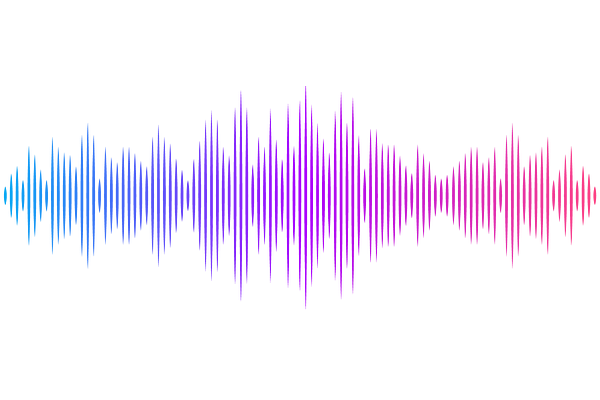Temporal characteristics of hemodynamic responses during active and passive hand movements in schizophrenia spectrum disorder

Temporal characteristics of hemodynamic responses during active and passive hand movements in schizophrenia spectrum disorder
Rashid, H. A.; Kircher, T.; Straube, B.
AbstractIn healthy individuals active compared to passive movements exhibit earlier neural processing, reflected by more positive contrast estimates of the first-order temporal derivative (TD) of the hemodynamic response function (HRF) in functional MRI (fMRI) analyses. This temporal advantage may play a critical role in self-other distinction. However, whether Schizophrenia Spectrum Disorder (SSD) is associated with deficits in sensory-motor predictive mechanisms that influence this earlier processing remains unknown. Patients with SSD (n = 20) and healthy control subjects (HC; n = 20) performed active and passive hand movements, while detected delays in video feedback of their own or another person\'s hand movement. 3T fMRI data was recorded during the task. To assess response dynamics, we applied the TD to examine timing and the second-order dispersion derivative (DD) to evaluate duration of the HRF. Compared to HC, patients with SSD exhibited delayed BOLD activation during active vs. passive movements in the right caudate nucleus, lobule VIII of right cerebellar hemisphere, left superior temporal gyrus, left postcentral gyrus, left thalamus, and left putamen/insula. For active movement with own hand feedback, HC showed earlier activation in the bilateral putamen and insula, whereas patients with SSD exhibited earlier activation in the left precentral gyrus, supplementary motor area, and postcentral gyrus. Delayed BOLD responses in patients with SSD, particularly in the right cerebellar lobule VIII, bilateral putamen and insula, suggest impaired predictive mechanisms affecting feedback monitoring. These delays may contribute to disturbances in the sense of agency and self-action awareness, potentially underpinning core symptoms of SSD.